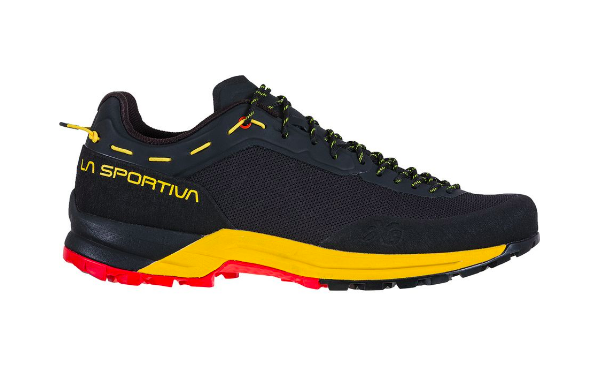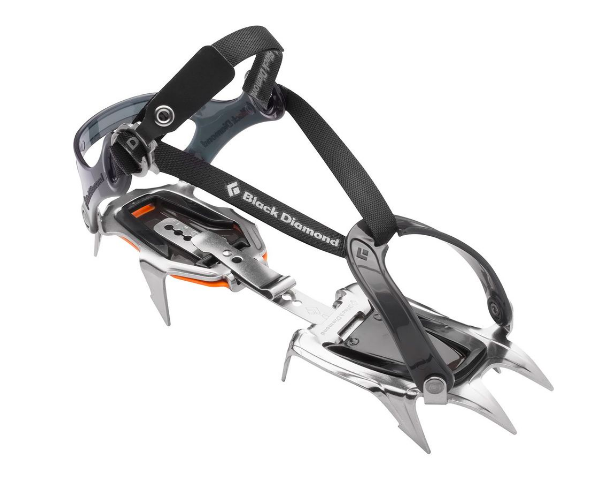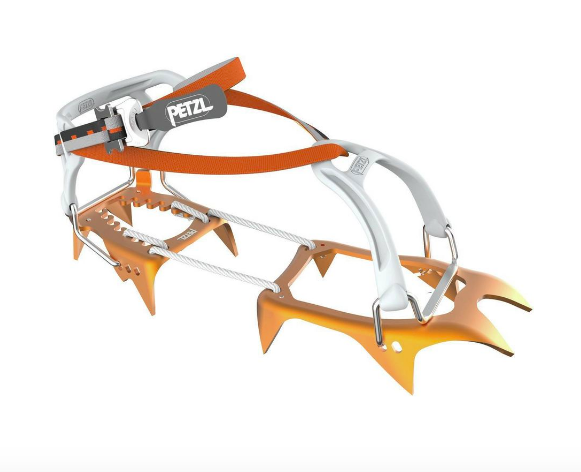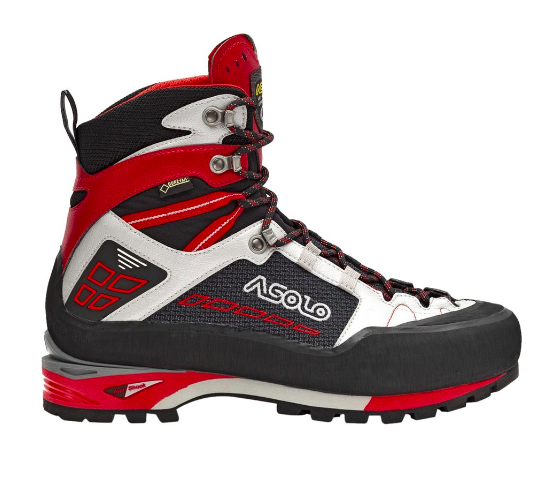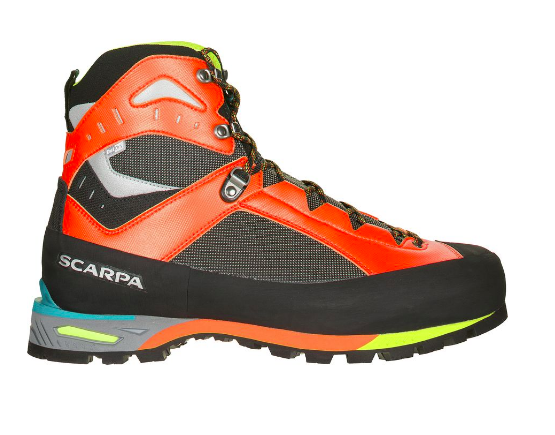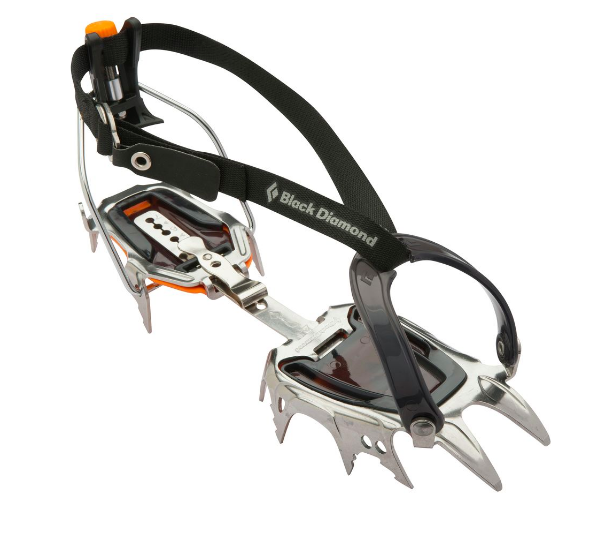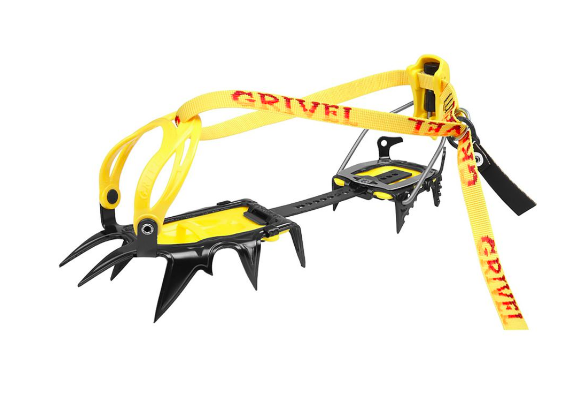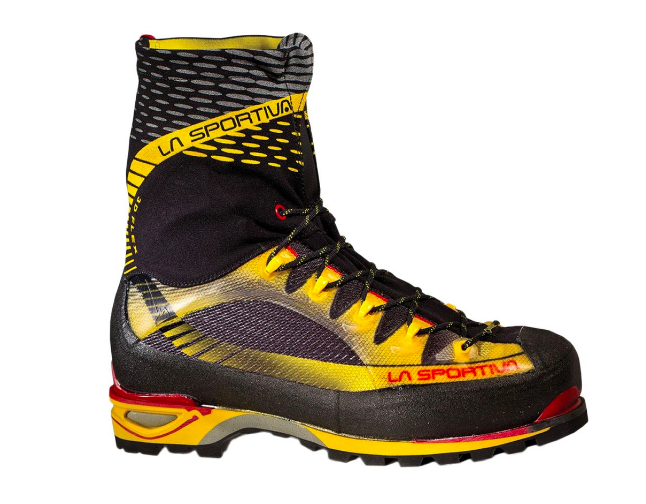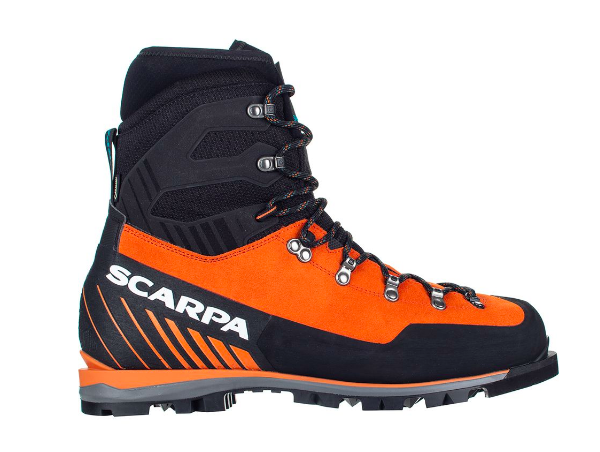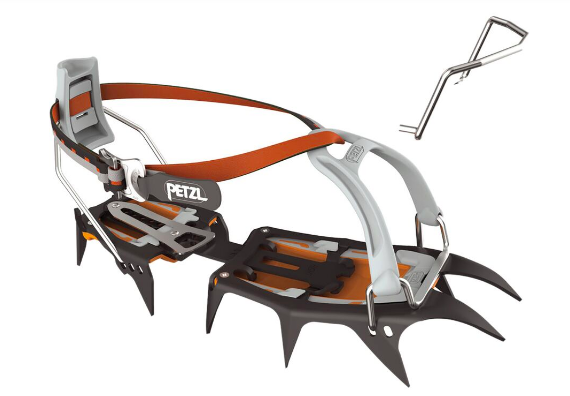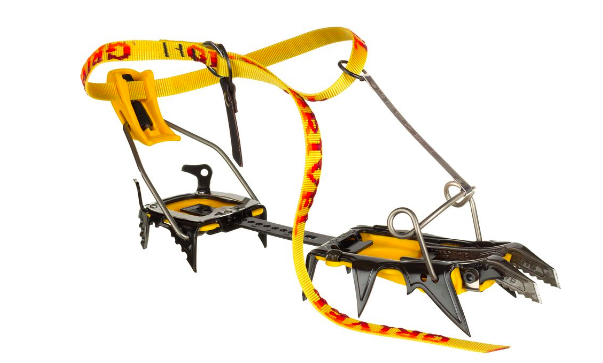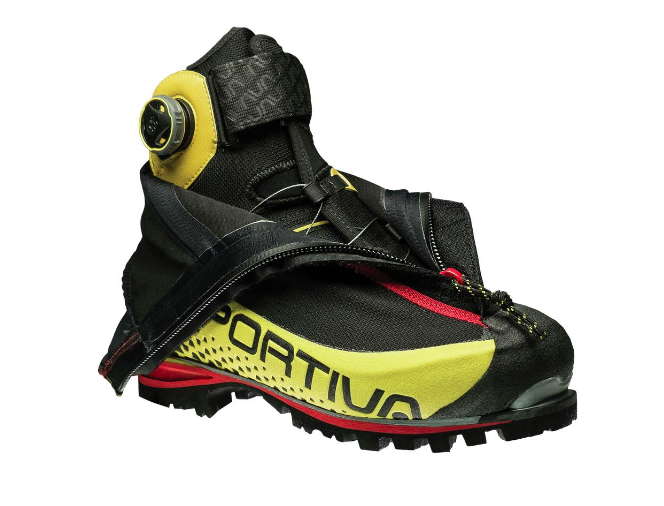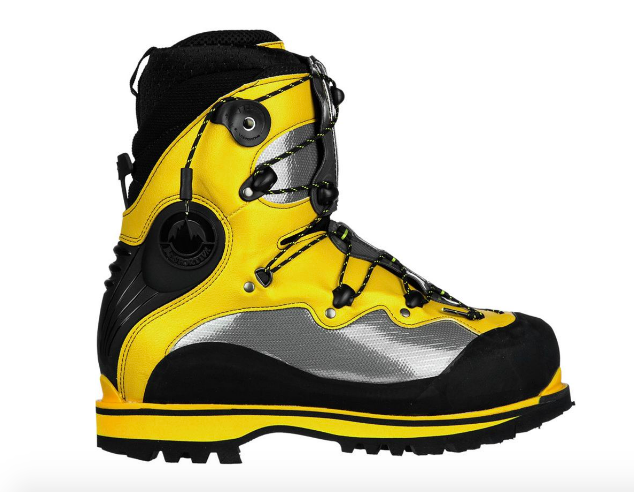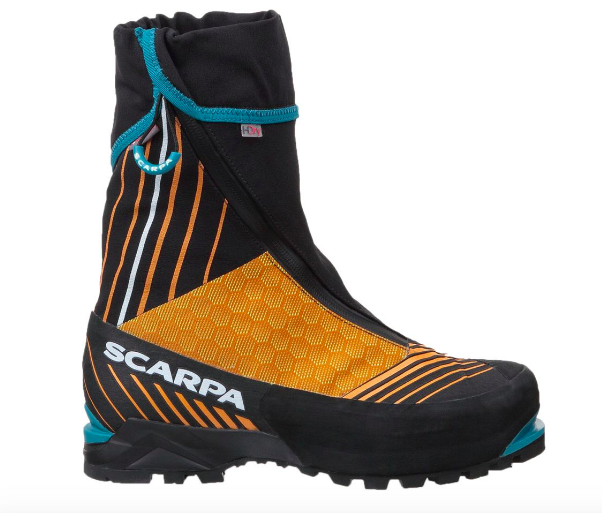A Guide To Alpine Climbing Footwear
Modern alpine climbing requires climbers to move efficiently (safely and quickly) through varied terrain. During the summer alpine season, this terrain often involves long approaches on dirt trails, up steep talus fields and across snowfields. The climbing may involve complex glacier travel and exposed rocky ridgelines. All of these complex terrain transitions require specialized footwear in order to maximize comfort and precision.
SIZING
It is common for climber’s to size up 1/2 size for alpine climbing boots to allow for the swelling that happens from a combination of elevation and long days on your feet. For rock climbing, it’s common to downsize 1-2 full sizes in order to achieve a performance fit where the shoe focuses the power in your toes to a central point, but when alpine rock climbing it’s important to balance comfort with performance over a long day. Rock climbing shoes may also stretch up to a full size if they are unlined, after a break in period. When trying on shoes/boots experiment with different sock combinations as that can add significant volume inside the shoe and change the fit completely.
SYNTHETIC OR LEATHER
Most manufacturers will have multiple shoe and boot options that appear to be very similar in construction with the exception of the upper fabric used. In general, leather boots are more durable, heavier and sometimes more affordable. Synthetic boots will often be lighter, breathe better, and are often more expensive. I tend to opt for synthetic shoes and boots as my feet are less likely to get sweaty and lighter footwear helps me move more efficiently in the mountains.
WATERPOOF
For most boots used in the alpine, waterproofing is critical and a GoreTex lining is the standard across brands. Something to consider for your approach shoe though is how much snow will you really be encountering. If snow gets in from the top the shoe will still get wet and a waterproof lining will prevent the shoe from drying out efficiently. A mesh upper will get wet quickly during stream crossings or on snowfields, but it will also dry quicker.
CRAMPON COMPATABILITY
Is there a primary difficulty to the climb, such as a majority of the climb being on snow? Or is there only a short glacier traverse to a 10 pitch rock climb? In an effort to travel fast and light it’s preferred to have the one boot/shoe that can accomplish your goal rather than having to lug around a spare pair of shoes, though sometimes this isn’t always possible. For routes that have a substantial approach to a basecamp, it can be nice to hike in a pair of lightweight trail running sneakers and carry your mountain boots strapped to the backpack. This makes the approach/descent more pleasant and then you also have a pair of comfortable camp shoes.
During mid season alpine rock climbing in venues like Rocky Mountain National Park, Grand Teton National Park, Wind River Range, etc. it’s possible to avoid traveling on snow or if necessary only for short sections. If this is the case, sticky rubber approach shoes may be the lightest and most versatile option. Approach shoes should have a sticky rubber flat “climbing zone” at the toe and either dot rubber on the sole for traction while scrambling on rocks or an aggressive lug on the back half of the shoe for traction while hiking on the trail. It’s worth practicing moderate rock climbing in your approach shoes because during a long day in alpine terrain this may provide the most comfort. Since many alpine routes require a long approach with heavy loads you may choose to have a high top approach shoe that provides better ankle support, but may compromise climbing ability. For routes that cross a snowfield it’s possible to use lightweight strap on crampons with a front and rear basket attachment.
Routes which the primary focus is moderate alpine rock with some moderate snow/glacier travel boots with a 3/4 shank should provide enough rigidity for kicking steps in snow and still enough flex for rock climbing security. These quiver-of-one style boots won’t climb snow as well as fully rigid boots and won’t climb rock as well as sticky rubber approach shoes but they really do a surprisingly good job in a wide variety of terrain. These styles of boots are often my go-to boot for most climbs in the North Cascades. Boots with a 3/4 shank should have a rear welt but no toe welt so crampons need to have a toe basket, but can have a heel lever, which provides adequate boot-to-crampon security.
For routes that have steep snow/ice, a pair of fully rigid shank boots provides support while kicking steps and frontpointing. The stiff platform disperses weight across the entire foot to increase movement security and a good fit should lock in the heel to reduce calf fatigue. Boots with a full shank will also be fully crampon compatible with both a front and rear toe welt. For crampon selection with these type of boots a toe bail and heel lever is preferred as they provide a tighter grip on the boot so is less prone to rotation. Unfortunately there is no universal language across brands for crampon attachments. Some crampon brands have a versatile attachment system that allows you to switch between a toe bail and a toe basket.
WARMTH
Depending on the elevation of your objective you may need insulated boots to prevent discomfort from ascending through the night with frozen toes or even frostbite. Another consideration is the amount of days you’ll be climbing and the reliability of drying out your boot. For early season objectives over multiple days, where you plan to primarily travel and camp in snow and winter storms are still possible, you should consider a double boot. This system will not only keep you warmer but also allow you to dry out an inner liner separately and prevent trench foot. Modern double boots are lightweight and comfortable, steer away from outdated plastic models which are very rigid inhibiting a more natural gait and don’t breathe as well so you’re feet are more likely to get sweaty.
Some modern single have an integrated gaiter, which provides additional warmth and is preferred for cold temperature climbing such as winter ice climbing. These boots are very comfortable and have a superior warmth to weight ratio but are not a sufficient replacement for double boots on higher elevation objectives over multiple days. For high altitude expeditions, such as 8000m peaks in the Himalaya or ascents of Denali, a triple boot system is strongly recommended. On cold mornings and during summit day these boots are superior in warmth to weight ratio and provide better crampon compatibility than a double boot and overboot combination.
Please reach out if you have any questions about your boot or crampon selection.


